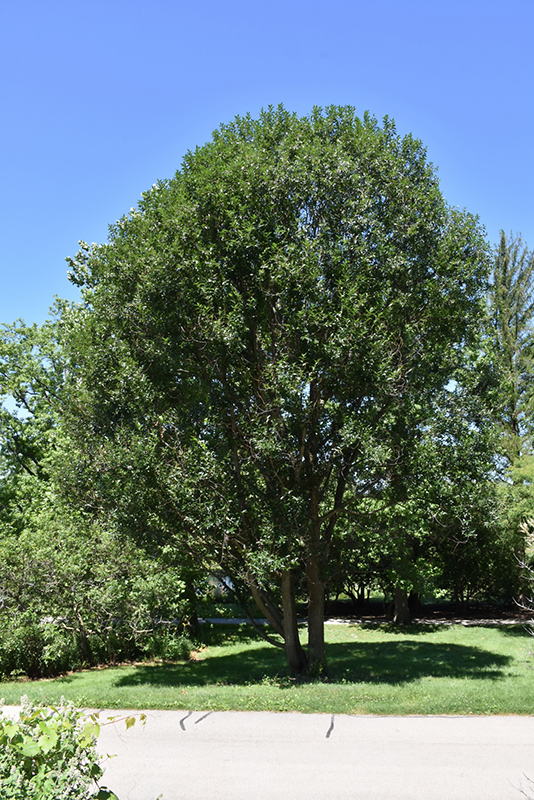Height: 35 feet Spread: 25 feet
Sunlight:
Hardiness Zone: 2b Other Names: Laurel Willow, Bay Willow Description: A rugged and adaptable shade tree with very glossy, dark green leaves, low branched and wide spreading; extremely hardy, makes an excellent windbreak; tends to drop branchlets, aggressive root system, so do not plant near homes Ornamental Features Laurel Leaf Willow has dark green deciduous foliage on a tree with a round habit of growth. The pointy leaves turn yellow in fall. Landscape Attributes Laurel Leaf Willow is a dense deciduous tree with a more or less rounded form. Its average texture blends into the landscape, but can be balanced by one or two finer or coarser trees or shrubs for an effective composition. This is a high maintenance tree that will require regular care and upkeep, and is best pruned in late winter once the threat of extreme cold has passed. Gardeners should be aware of the following characteristic(s) that may warrant special consideration; Laurel Leaf Willow is recommended for the following landscape applications; Planting & Growing Laurel Leaf Willow will grow to be about 35 feet tall at maturity, with a spread of 25 feet. It has a low canopy with a typical clearance of 4 feet from the ground, and should not be planted underneath power lines. It grows at a fast rate, and under ideal conditions can be expected to live for 60 years or more. This tree should only be grown in full sunlight. It is an amazingly adaptable plant, tolerating both dry conditions and even some standing water. It is considered to be drought-tolerant, and thus makes an ideal choice for xeriscaping or the moisture-conserving landscape. It is not particular as to soil type, but has a definite preference for acidic soils, and is subject to chlorosis (yellowing) of the foliage in alkaline soils. It is highly tolerant of urban pollution and will even thrive in inner city environments. This species is not originally from North America.![]()
![]()
![]()
![]()
![]()
![]()
![]()
![]()

